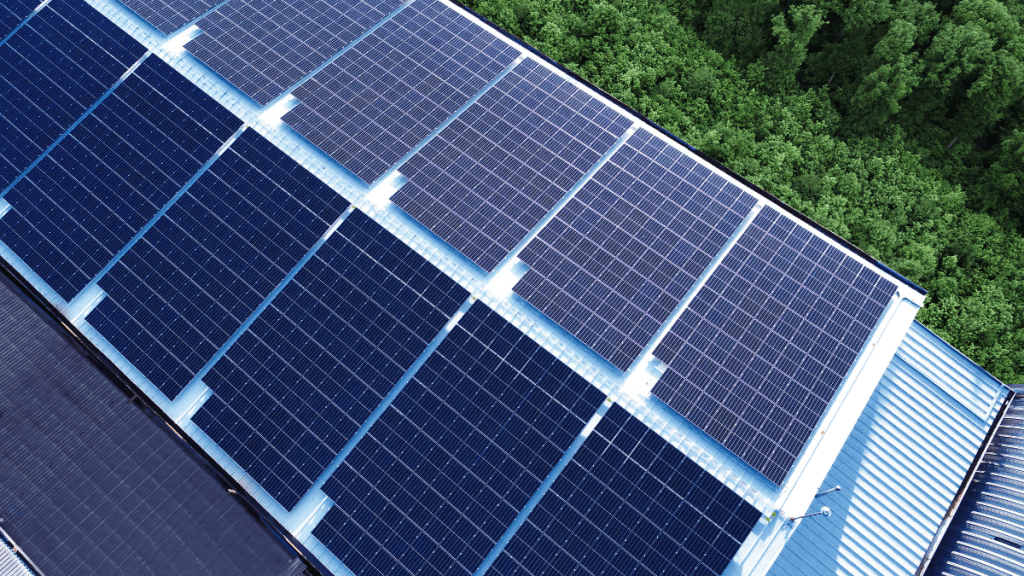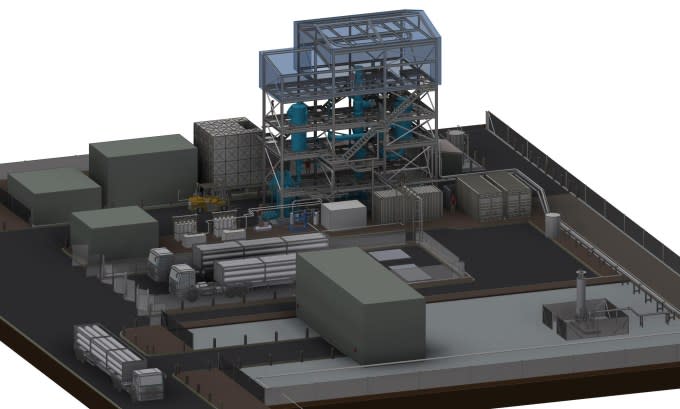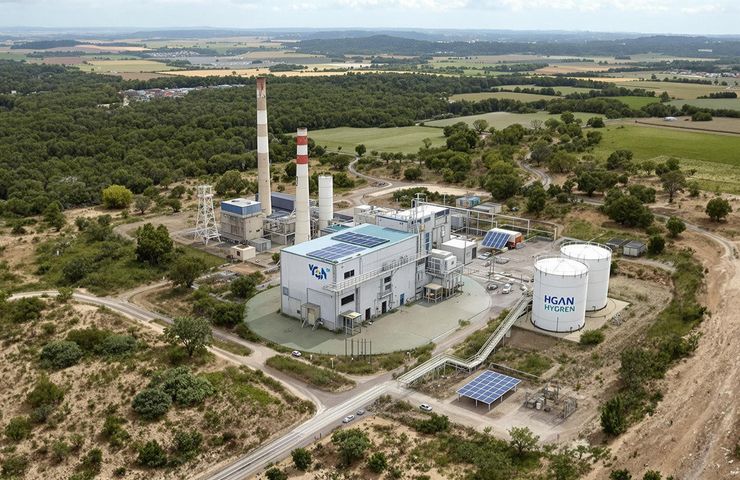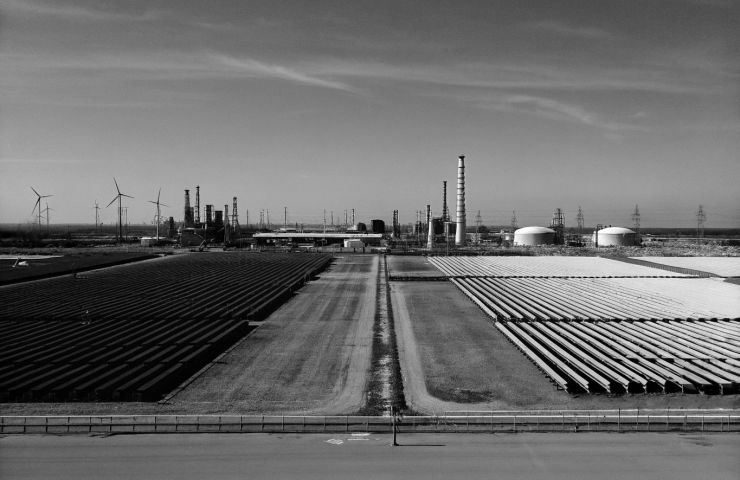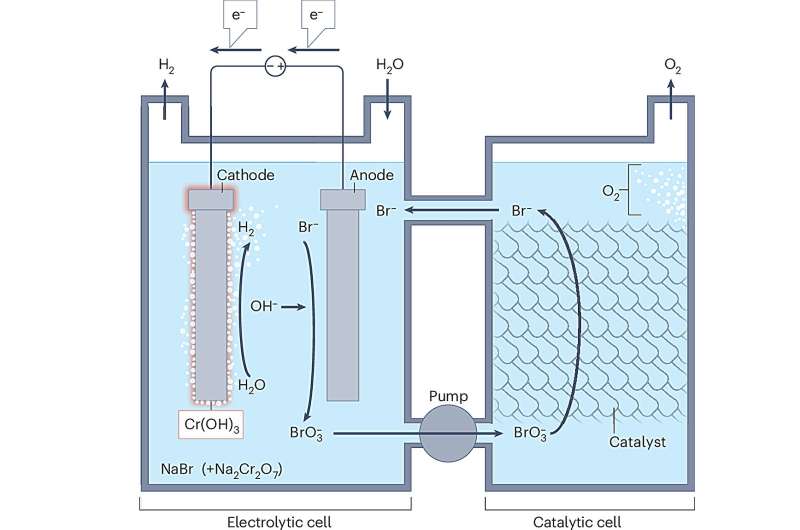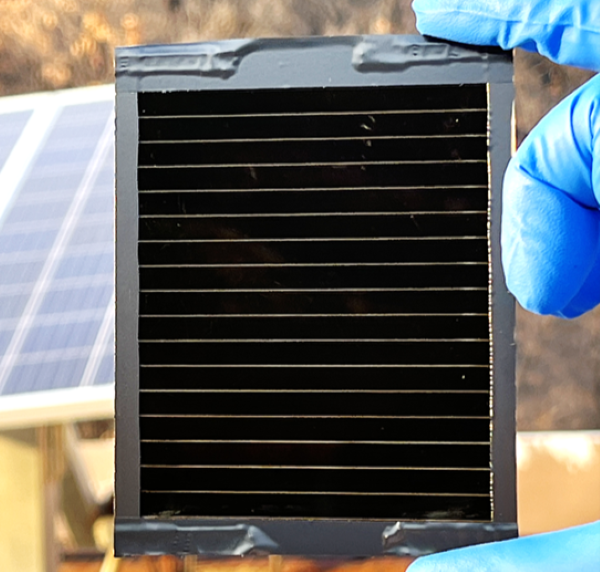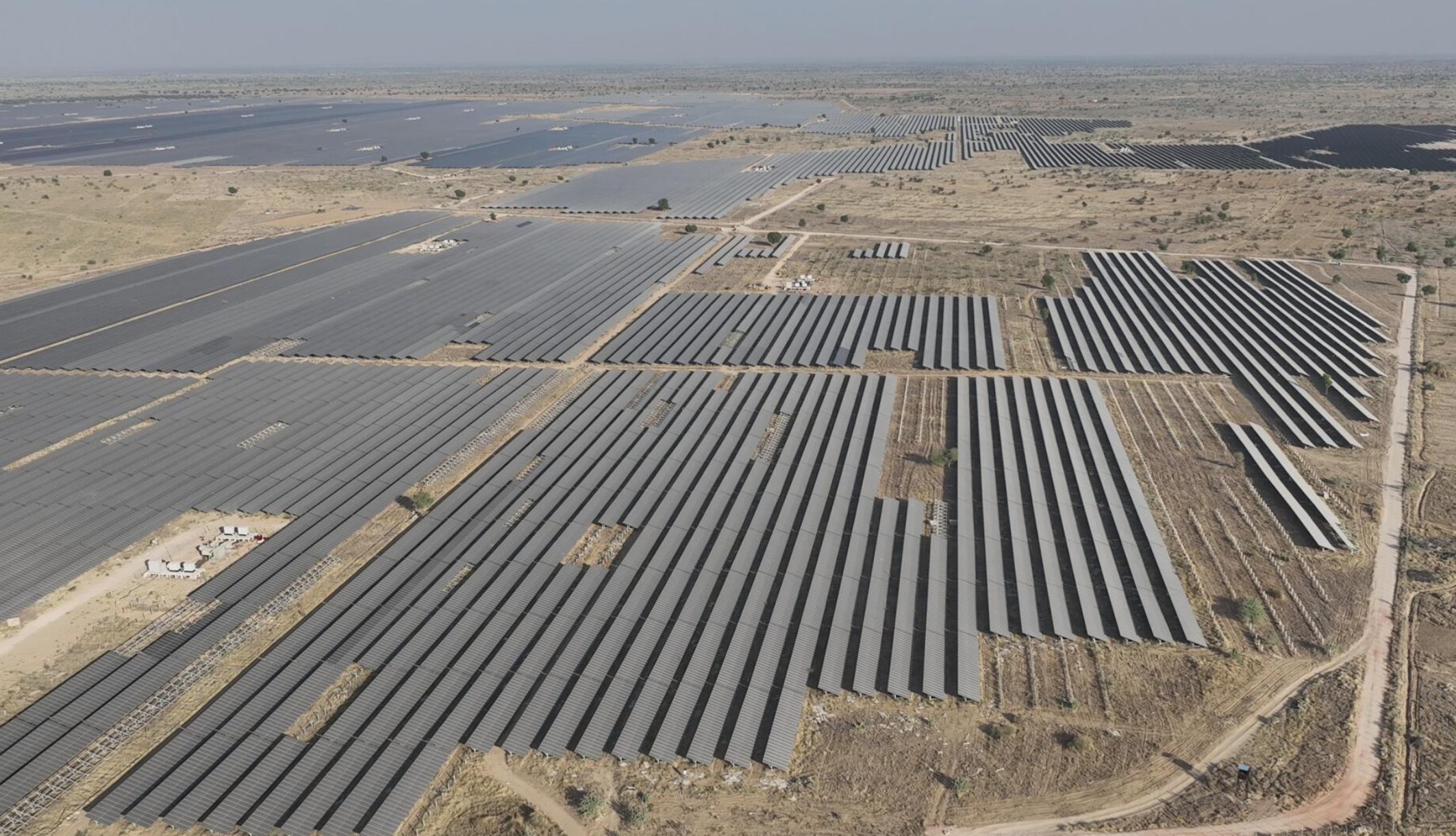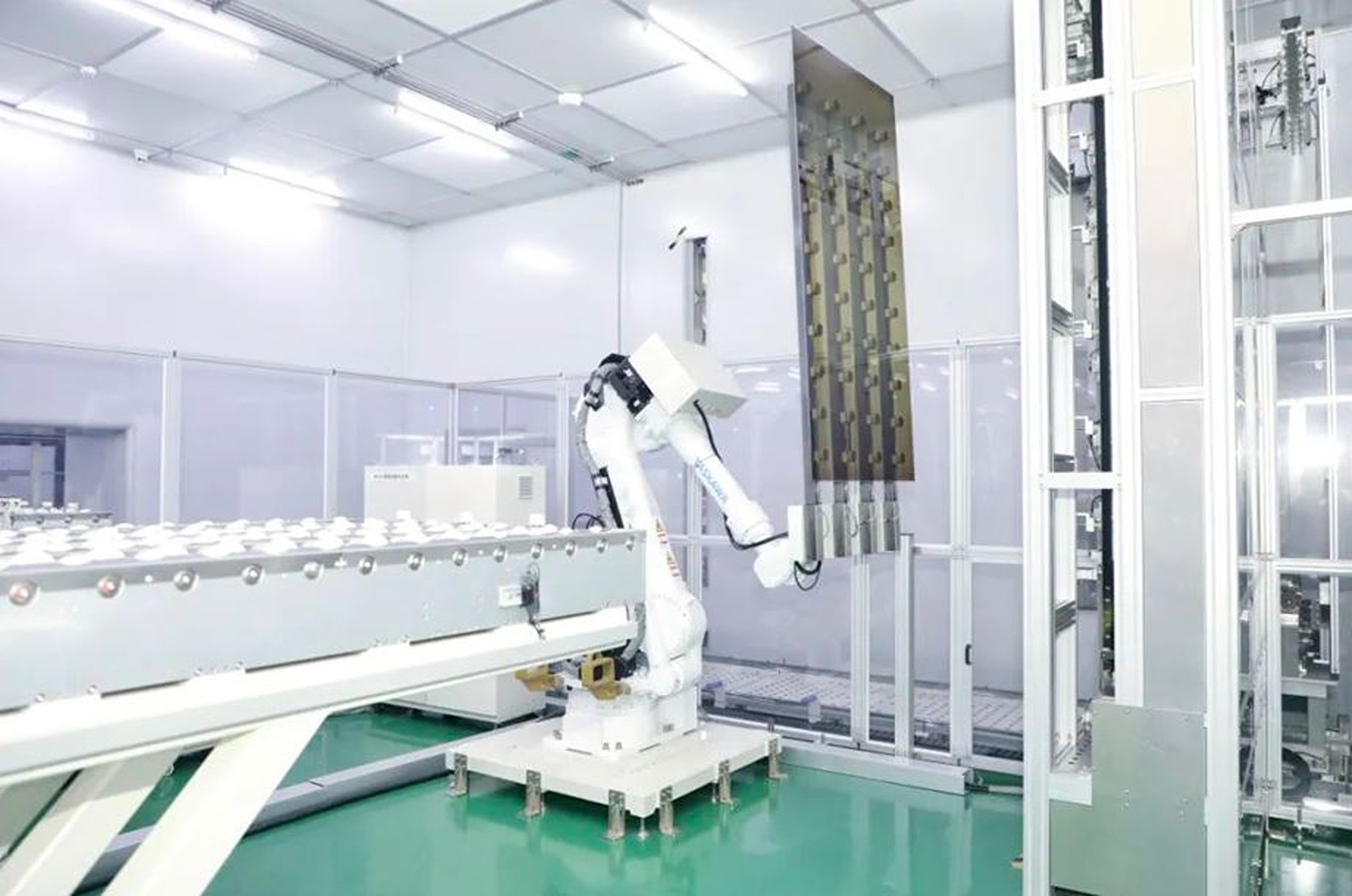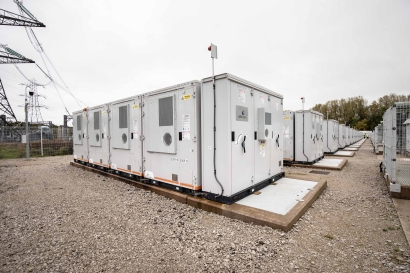Optimizing photovoltaic systems in harsher climates
A recent report from the International Energy Agency (IEA) Photovoltaic Power Systems Programme (PVPS) covers guidance on improving the performance of PV systems deployed in climates such as deserts, tropical regions and snowy areas.
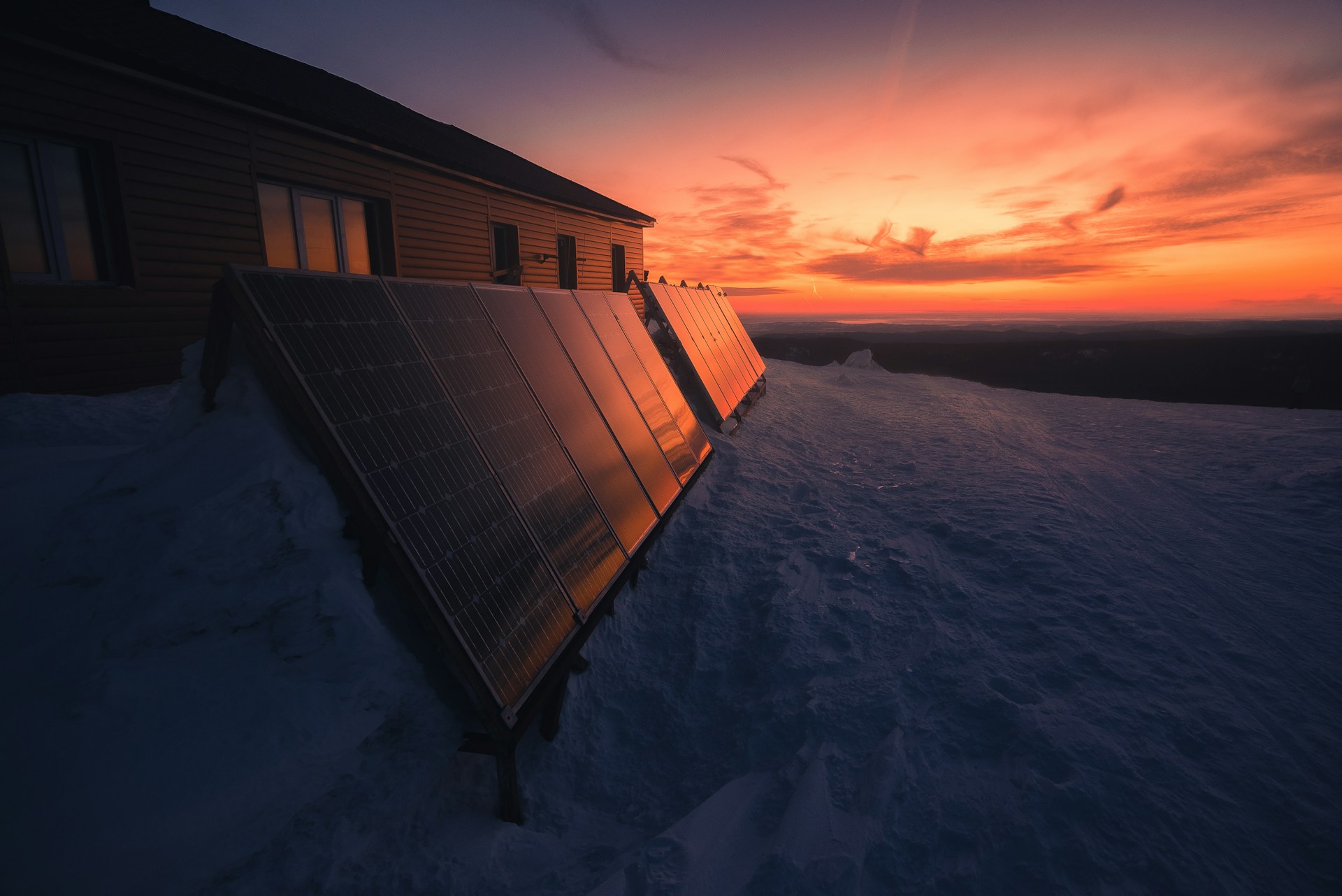
A recent report from the International Energy Agency (IEA) Photovoltaic Power Systems Programme (PVPS) covers guidance on improving the performance of PV systems deployed in climates such as deserts, tropical regions and snowy areas.
Further research and field data is needed to support the installation of photovoltaic systems in parts of the world with more challenging climates, according to the latest report from the IEA-PVPS.
The Task 13 report “Optimisation of Photovoltaic Systems for Different Climates” covers guidance for improving the reliability and performance of solar systems deployed in climates including cold, snowy areas, hot and dry climates and tropical regions.
It says that as global PV deployment accelerates, installations are increasingly located in more challenging environments, with such deployments introducing unique risks to system durability that require tailored design and climate-specific approaches.
To date, the use of climate-optimized solar modules is still limited. The report explains that in most existing cases, standard products are being deployed in harsher environments, with the global trend towards larger modules that use thinner glass as part of the push for cheaper modules proving unsuitable for more challenging climates.
IEA-PVPS' analysis says that the lower temperatures associated with cold and snowy climates can improve a module’s efficiency and slow down chemical material degradation reactions. However, these temperatures can also expose modules and system components to additional physical and thermomechanical degradation, leading to system failures. Snow can also lead to an overloading of the modules.
The report recommends high-tilt systems with sufficient ground clearance, as well as fences, for the avoidance of snow drifts, to help minimize losses in snowy conditions. It adds that modules can be optimized for snowy conditions through thicker glass, the use of micro-crack tolerant cells, special encapsulants and frames.
While research on encapsulant properties, UV resistance and innovative snow-clearing methods has shown promising results to date, the report points out that field experience with climate-optimised PV modules and mounting structures is “still very limited”.
In hot and dry conditions, IEA-PVPS says the main stressors for PV systems are soiling, high temperatures, and thermal cycling. Meanwhile, salty mist, intense UV irradiation and strong winds can also impact some locations.
Low-temperature coefficient modules with alternative encapsulants and UV and heat-resistant materials are recommended to enhance the durability of systems in hot and dry climates. IEA-PVPS adds that cooling solutions, like heat spreading plates, air-cooled fins and phase change materials, remain largely uncommercialized. “Continuous performance and environmental monitoring through a combination of manual and automated methods is crucial to address aging-related inefficiencies,” the report adds.
In hot and humid conditions, IEA-PVPS says consistently high temperatures and elevated levels of moisture in the air can lead to corrosion and degradation of PV modules and components. Meanwhile, high humidity can also lead to increased dust adhesion and biological growth, with substantial impacts on the energy yields.
IEA-PVPS says designing modules for tropical regions requires moisture-resistant encapsulants, corrosion-proof frames and UV-stable components. It says implementing regular cleaning schedules, particularly during dry periods and for areas with frequent rainfall-induced caked soiling or biological contamination, reduces soiling losses and prolongs lifetime.
The report concludes that regardless of the location, the mitigation of climate-specific stressors starts with site selection and continues throughout the lifetime of the systems. It also points out that identification of the stressors and their impact must be conducted as early as possible.
IEA-PVPS says other constraints that prevent the adoption of climate-specific PV modules currently include price, availability and existing work contracts.
IEA PVPS recently introduced SolarStations.org, a global catalogue of solar irradiance monitoring stations designed for researchers, developers, and policymakers.
What's Your Reaction?














